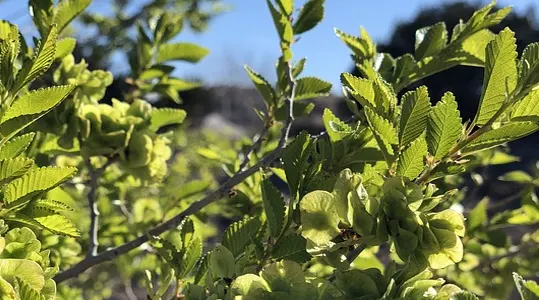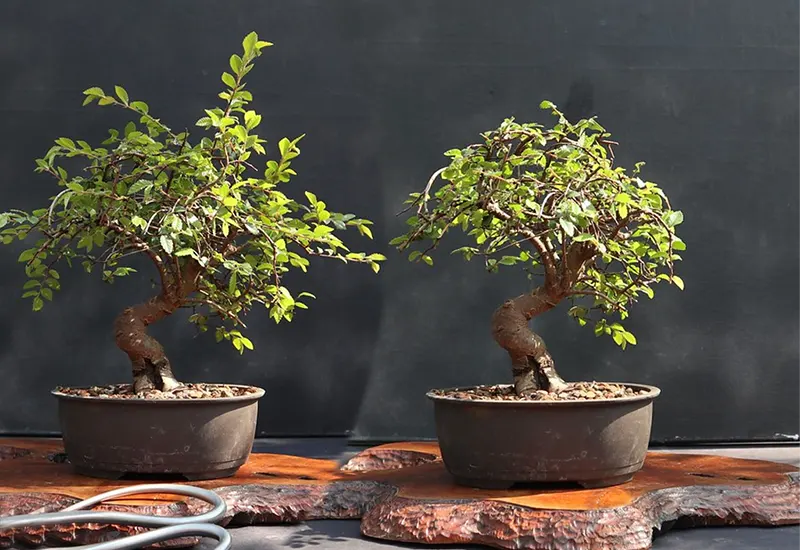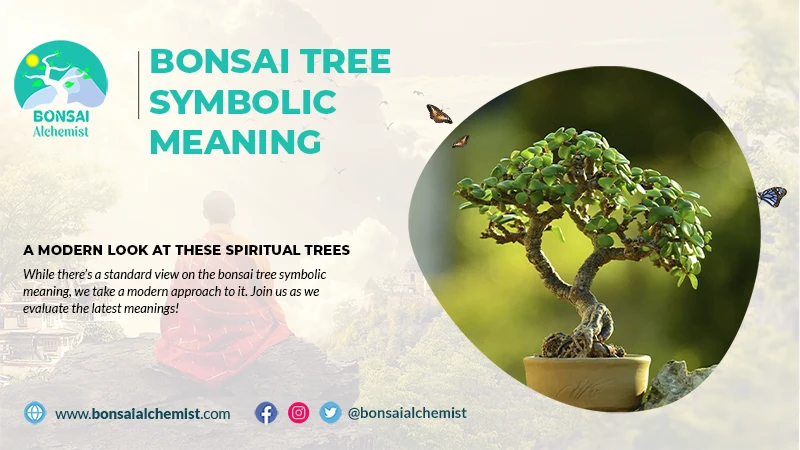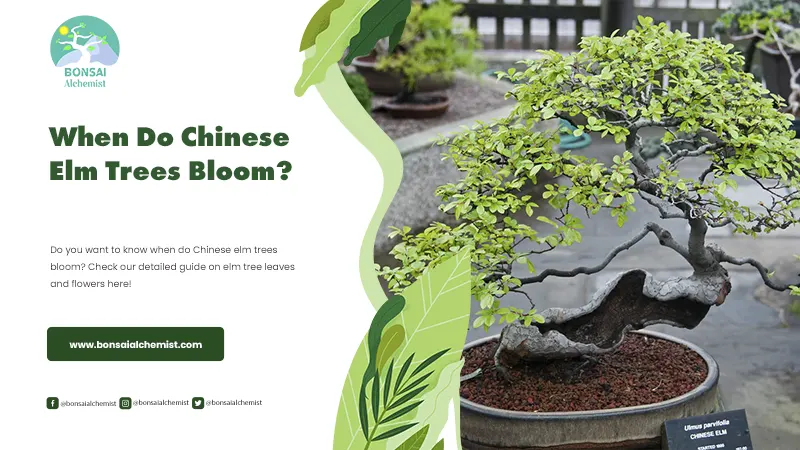How to Identify a Chinese Elm
Identifying the bonsai you have is essential for knowing how to care for it. Often you’ll know what your bonsai is since it’s self-propagated or bought, but if you’re given one as a gift, the answer isn’t always clear. Proper care is especially important for Chinese elm bonsai, as it’s native to China and south-east Asia and has specific requirements.
Through this article, we’ll discuss how to identify the Chinese elm by looking at its bark, seeds, leaves, and other factors. We also explain how other elms have a similar appearance.
Identifying a Chinese Elm
A Chinese elm, in the wild, is a small deciduous or semi-deciduous tree depending on its variation. There are multiple variations of the Chinese elm, including the true green, seiju, and cork bark trees.
Leaves
The leaves of this tree have a rough and ridged edge. This peculiar shape can often resemble the teeth of a saw. These are small leaves already within the wild, and on a bonsai, these leaves often appear much smaller. In addition to its small size, the leaves are rough and leathery. The Chinese elm leaf only has single-toothed margins.
Chinese elm is not evergreen when kept outside. As such, its leaves turn yellow and fall off during the fall season.
Trunk
Chinese elm tree bark is somewhat unique, as when examined closely, it has a flakey bark. If peeled away, this bark reveals patches of orange spots beneath it. However, if possible, view this with a magnifying glass. Attempting to peel away the bark will damage your bonsai.
The trunk’s mottled pattern can also include green hues. This pattern is one of the main reasons you’ll recognize the tree as a Chinese elm. This trunk is relatively thinner than that of other elm bonsai.
Twigs
Chinese elm bonsai twigs and upper branches are generally of a grayish-brown coloring. In addition, they grow thin, baring their leaves evenly.
Flowers
While Chinese elm trees are not often propagated with seeds, you may be able to identify them from the seeds it bears. The seeds grow inside a small pocket, appearing almost like a leaf in shape. The single vein runs down the center, with a bulge in this pocket where the seed lays.
Other Elm Trees
There are a variety of trees in the elm species. While these aren’t all the variations, they show common traits that you can use to identify an elm bonsai.
American Elm
The American elm tree is deciduous. The bonsai’s canopy is often umbrella-shaped due to how this tree grows. This plant’s grayish-brown bark has large ridges and thicker flakes than the Chinese Elm.
However, the leaves of an American elm are similar to the Chinese elm. Additionally, this tree is highly susceptible to Dutch elm disease.
Florida Elm
The Florida elm is a rapidly growing tree smaller than an American elm if seen naturally. This tree has a vase-like growth pattern that spreads out in an orb-like shape.
The bark and texture of a Florida elm bonsai tree bear a close resemblance to the grayish-brown of the American elm. The appearance of the leaves is similar to other elm trees.
Cedar Elm
The cedar, or Texas, elm tree, is a deciduous plant native to North America. On average, it grows to 82 meters as a regular tree. This bonsai loses its leaves during the fall but has a leafy green crown-like foliage during the warmer seasons. In the right conditions, this elm is evergreen, much like the Chinese elm.
The cedar elm has rough leaves that are smaller in size than other elms. The bark of a cedar elm is harsher and less flakey than a Chinese elm.
Image courtesy of Jerry Norbury (license details)
Practice and Patience
Identifying any plant takes time, and bonsai trees offer their own difficulties. You may need to reread this guide more than once as you work through sections, checking if what you have is a Chinese Elm. However, with enough practice identifying the elm, you eventually won’t need the guide and will have no issues identifying wild Chinese elm bonsai trees.







